Speaking of drywall, greenboard, cement board and membranes
palimpsest
6 years ago
last modified: 6 years ago
Featured Answer
Sort by:Oldest
Comments (42)
Creative Ceramic & Marble/ Bill Vincent
6 years agopalimpsest
6 years agolast modified: 6 years agoRelated Discussions
Greenboard vs. Gypsum Drywall
Comments (1)Just use drwall if the location is not behind tile or repeatedly wet. If it is behind tile is shold have cement backer board, and if repeatedly wet it should be tiled. The great disaster of tile over greenboard has resulted in a lot of repair work, and occasionally rot problems inthe studs. Even cement board requires a water barrier betweenthe board and studs. 15 poound felt (tarpaper) is fine, as long as the barrier ends inside an area that drains properly (tub or shower base)....See MoreWainscoting w/ Tile - Cement Backerboard or just Greenboard?
Comments (2)Depending upon what you, and your wife, or should I say your wife has selected as a decorative top trim can affect your selection of whether or not a backer board such as a cement board or a hardy backer should be attached directly to the studs or over drywall....See MoreUsing Kerdi Schlueter membrane with cement board.
Comments (5)It's not a matter of trusting the Kerdi. The problem is on the back side of the drywall, which is not protected. I used to "trust" the Kerdi and drywall until I had a shower that the valve broke inside the wall cavity four years after being put in. Needless to say, the drywall turned to mush. That was not a fault of the Kerdi, or the installation. Not even the plumber's fault as it was just a bad valve. If cement board had been used, most likely the damage would have been much less that what I have to deal with now. You are wise to use a cement board. I would avoid Hardi, as Avanti is right that it is thirsty....See MoreGreenboard underneath cement board for tiling? Bill V. please help
Comments (7)If I'm understanding correctly. The original contractor did not shim out the wall studs so the cement board comes down past the tub flange. Instead allowing the flange to cause a bow in the cement board. 1st - The original contractor owes you $$ for material and labor to correct the unacceptable substrate he/she stuck you with. 2nd - Drywall has not been allowed in a wet area since 2006. So you can rule that guy out. 3rd - If you were to cut the existing CBU at the flange so it now is flat against the wall studs above the flange. You could in theory use the existing CBU as the shim and install another CBU over the top. Proper fastening required, taping joint with alkali resistant mesh, proper screws, and possible thinset layers together. Then apply waterproofing. Liquid or Sheet membrane. Personally I would go over with a foam board instead of a CBU. It would minimize weight and the board itself would be waterproof. Yes I would mortar them together thinset method. My preferred foam board would be USG due to high compressive strength (70PSI) Caution - Building wall out could cause a plumbing issue at the mixing valve and finishing edges when meeting existing walls or wood trims....See MoreCreative Ceramic & Marble/ Bill Vincent
6 years agoCreative Ceramic & Marble/ Bill Vincent
6 years agolast modified: 6 years agoMint tile Minneapolis
6 years agolast modified: 6 years agopalimpsest
6 years agolast modified: 6 years agoCreative Ceramic & Marble/ Bill Vincent
6 years agopalimpsest
6 years agoCreative Ceramic & Marble/ Bill Vincent
6 years agopalimpsest thanked Creative Ceramic & Marble/ Bill VincentCreative Ceramic & Marble/ Bill Vincent
6 years agoCreative Ceramic & Marble/ Bill Vincent
6 years agoCreative Ceramic & Marble/ Bill Vincent
6 years agopalimpsest thanked Creative Ceramic & Marble/ Bill VincentCreative Ceramic & Marble/ Bill Vincent
6 years agopalimpsest thanked Creative Ceramic & Marble/ Bill VincentUser
6 years agolast modified: 6 years agoCreative Ceramic & Marble/ Bill Vincent
6 years agolast modified: 6 years agoUser
6 years agolast modified: 6 years agopalimpsest
6 years agolast modified: 6 years agoroarah
6 years agoUser
6 years agolast modified: 6 years agoCreative Ceramic & Marble/ Bill Vincent
6 years agoroarah
6 years agoUser
6 years agolast modified: 6 years agoCreative Ceramic & Marble/ Bill Vincent
6 years agoUser
6 years agoCreative Ceramic & Marble/ Bill Vincent
6 years agopalimpsest
6 years agoUser
6 years agopalimpsest
6 years agoCreative Ceramic & Marble/ Bill Vincent
6 years agopalimpsest
6 years agoUser
6 years agolast modified: 6 years agoDragonfly Tile & Stone Works, Inc.
6 years agoCreative Ceramic & Marble/ Bill Vincent
6 years agolast modified: 6 years agopalimpsest
6 years agoCreative Ceramic & Marble/ Bill Vincent
6 years agopalimpsest
6 years agoMongoCT
6 years agoMint tile Minneapolis
6 years agolast modified: 6 years agoCreative Ceramic & Marble/ Bill Vincent
6 years agopalimpsest
6 years agoUser
6 years agolast modified: 6 years ago
Related Stories

REMODELING GUIDESContractor Tips: How to Install Tile
Before you pick up a single tile, pull from these tips for expert results
Full Story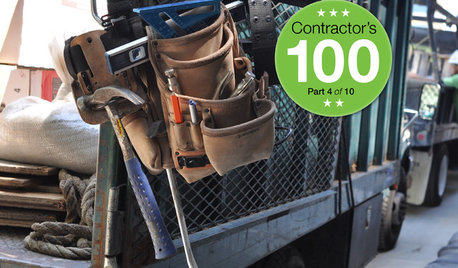
REMODELING GUIDESContractor Tips: What Your Contractor Really Means
Translate your contractor's lingo to get the communication on your home project right
Full Story
FUN HOUZZDon’t Be a Stickybeak — and Other Home-Related Lingo From Abroad
Need to hire a contractor or buy a certain piece of furniture in the U.K. or Australia? Keep this guide at hand
Full Story
MATERIALSInsulation Basics: What to Know About Spray Foam
Learn what exactly spray foam is, the pros and cons of using it and why you shouldn’t mess around with installation
Full Story
REMODELING GUIDESCool Your House (and Costs) With the Right Insulation
Insulation offers one of the best paybacks on your investment in your house. Here are some types to discuss with your contractor
Full Story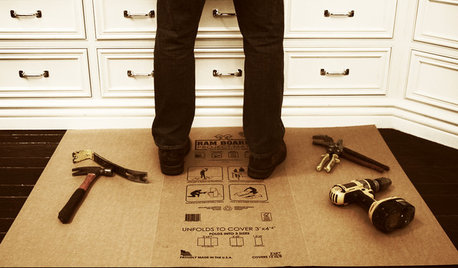
BATHROOM DESIGNOut With the Old Tile: 8 Steps to Prep for Demolition
This isn't a light DIY project: You'll need heavy-duty tools and plenty of protection for your home and yourself
Full Story
REMODELING GUIDESBathroom Workbook: How Much Does a Bathroom Remodel Cost?
Learn what features to expect for $3,000 to $100,000-plus, to help you plan your bathroom remodel
Full Story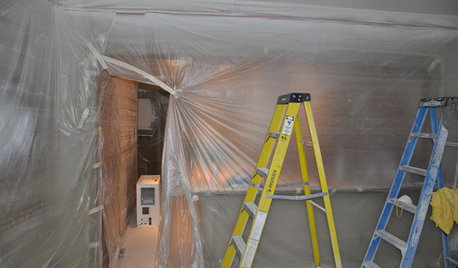
MOST POPULAR11 Things to Expect With Your Remodel
Prepare yourself. Knowing what lies ahead during renovations can save your nerves and smooth the process
Full Story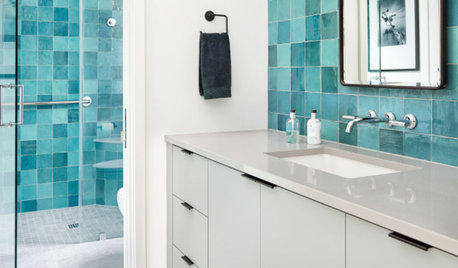
TILEPorcelain vs. Ceramic Tile: A Five-Scenario Showdown
Explore where and why one of these popular tile choices makes more sense than the other
Full Story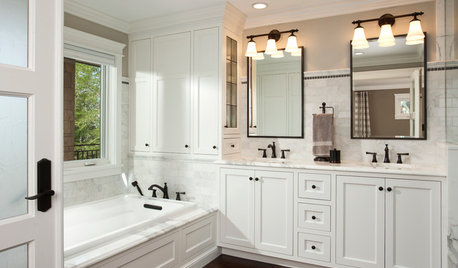
MOST POPULARHow to Get Rid of Household Mold
Find out how to work with a pro to stop mold from damaging your house and health — and how to prevent it from forming
Full Story




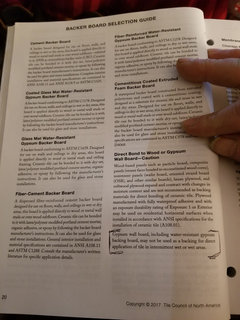
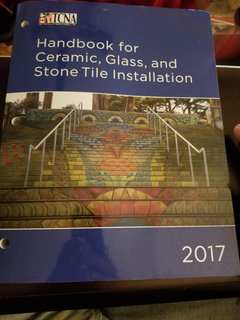
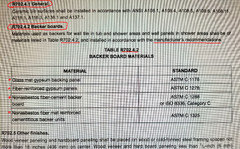








Creative Ceramic & Marble/ Bill Vincent